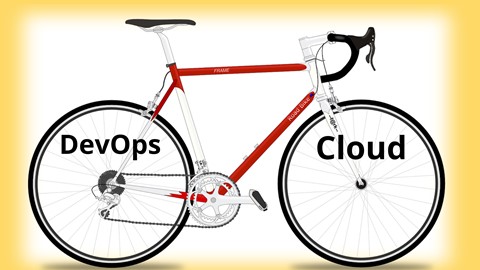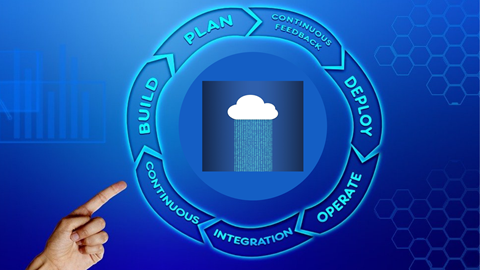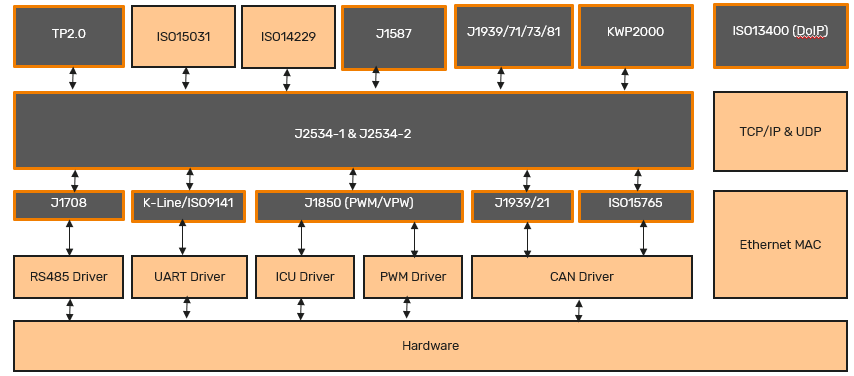Development of Multi-Instance B2B & B2C Web Apps on Magento 2 for a Multinational FMCG Brand
Category : Digital Commerce , Food & Beverage
About the Customer:
The customer is a world-renowned multinational consumer goods firm. A long-standing customer who has collaborated with us for several years for transforming their digital commerce vision into a reality.
Business Challenge:
The customer brand had very custom requirements for each of their markets that called for deep domain knowledge and vertical experience. They were seeking an experienced technology partner to help them achieve their ecommerce vision of:
- Increasing online sales
- Achieving successful digital transformation
- Growing online sales across ecommerce models- B2B , B2C, and B2B2C
- Driving new growth through ecommerce
& Create an ecommerce solutions that:
- Fulfills orders through Multi-country, Multi-currency storefronts
- Enhances its Ecommerce potential in B2B and B2C market
- Enhances the buyer experience for the B2B segment
Embitel Solution:
Embitel team conducted a detailed technical consulting workshop with the customer. Keeping in mind the complex requirements of the customer, the multiple market the brand catered to, and the magnitude of the solutions being developed, it was decided to embrace a multi-thronged approach. In this case study, we will give you an overview of the different projects we delivered to the customer.
- Project 1- Development of Primary Web Ordering App:
- Development of Electronic Local Modern Trade ( eLMT) Platform/Application:
- Customer Master – Customer Master data
- List Price – Product Price(s) data
- Sales Order – Order getting placed to ECC
- Order Response – The order response from ECC
- B2B Route-to-market Application (eRTM):
- B2B2C Cold Storage/IceCream Ordering App :
- Key services including customer services, catalogue and store management , user and order management are managed through Magento cloud and Magento API layers
- Fastly CDN is used for managing the web application on cloud, and managing data security using Fastly’s web application firewall against security threats.
The Primary Web Ordering is a B2B commerce web application that enables the Distributor, Merchandiser, Salesman & Retailers to place orders online in a hassle-free manner.
The web app developed in Magento, follows multi-country framework catering to the region-specific requirements of its customers, spread across the world. The PWO has multiple country sites catering to the UK, Finland, Australia and Italy .
Electronic Local Modern Trade ( eLMT) is a B2B modelled Progressive Web App on Magento 2 that facilitates seamless interaction between Salesmen and Retailers . The eLMT application enables all the retail chains and stores under the brand to purchase products from the latter , which is fulfilled appropriately through brand’s in-house fulfilment centres or intermediate distributors.
The app has three modules, namely – the merchandiser app, the salesman app, the retailer app. Developed in React JS, the eLMT app has been hosted in Magento cloud itself, which significantly takes care of all the overheads associated with PWA hosting , security management, CDN etc.
The PWA app is is integrated with SAP’s ECC system through which master data for the following interfaces are automatically updated:
Product Master – Product Master data
eRTM is a B2B web application developed for retailers and salesman to make orders through the app- to be fulfilled appropriately through the associated distributors.
This B2B2C Ice-cream App was developed to enable a hassle-free interaction and order management between the distributors and the actual product consumers.
Whenever an end user places an order for his favourite ice-cream using online or offline channels, the order is updated on the database and a distributor is assigned to manage the particular order, based on the location selected by the customer.
The distributor uses the app for order fulfilment, accurate order delivery and invoice generation. Following are the details of the app:
Additionally, the App also included a special module for order customization based on customer’s preference. This module offers customized icecream recommendation and requirments based on details shared by user about the party they are conducting – including number of attendees, their ages ( adults and kids), theme of the party, time of the party etc.
Embitel Impact:
- The customer had a multi-country rollout of these B2B and B2C web apps across geographies.
- The solution enable them to do profitable online B2C sale, even though B2C was not its core business.
Tools and Technologies:
- Magento 2 for web development
- Magento PWA theme for PWA development
- Fastly CDN for cloud computing
























